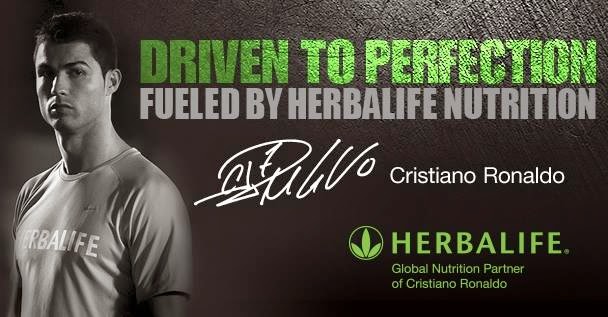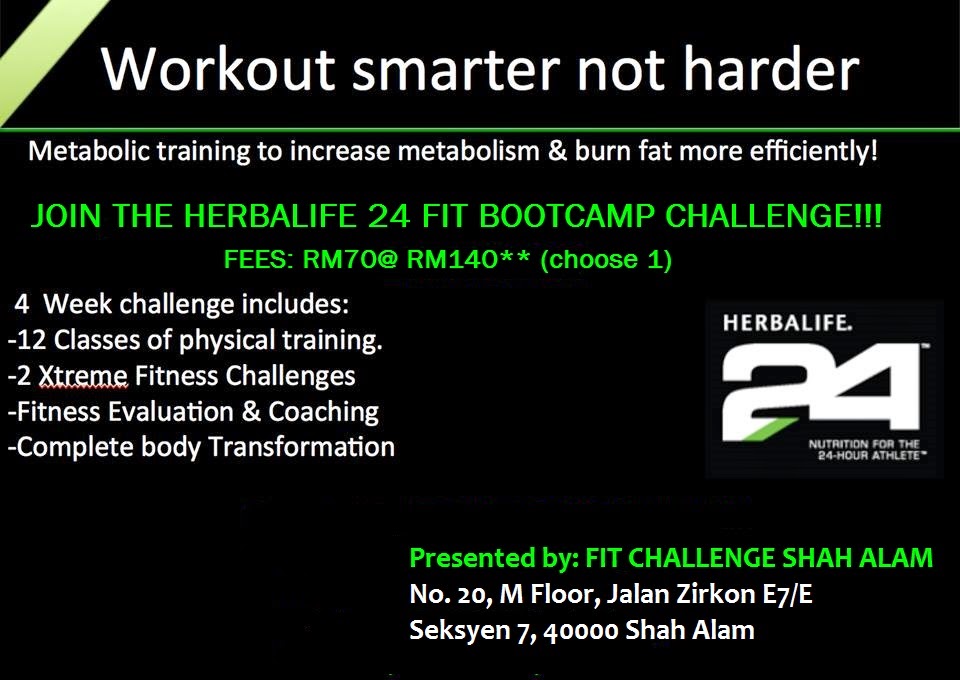Herbalife is first and foremost a company with great products that people want.- There are hundreds of thousands of members and millions more consumers who choose
Herbalife for our products and community-based approach to health and wellness. - There is a comprehensive training system for members who aspire to open their own nutrition club so that they are fully informed of the time, commitment and skills required to do so.
Once again, Bill Ackman has over-promised and under-delivered on his $1 billion bet against our company. After spending $50 million , two years and tens of thousands of man-hours, Bill Ackman further demonstrated today that the facts are on our side.
We will continue to focus on our mission of bringing good nutrition and economic opportunities to communities across the globe. We recognize that he is running out of time to make good on his bad bet against Herbalife , with the equivalent of 25.7 million shares in put options that expire on January 17, 2015 . Today is evidence that Bill Ackman will not succeed.
To clarify, a couple of points:
- We are proud that our members are required to participate in training before deciding to open a nutrition club. Our training approach - sometimes referred to as a "university" - is similar to the training model that has been deployed by numerous consumer-facing companies.
Club 100 was a program that contained many of the best elements of nutrition clubs, including education, mentoring and fiscal responsibility. These elements are the cornerstone of our clubs today.Herbalife is proud of our members who use nutrition clubs as an important tool of social support to achieve good nutrition and a healthy active lifestyle.- Mr. Ackman's claim about the earnings of
Herbalife nutrition clubs is completely false and fabricated. In fact, according to a recent study commission by the Company, 87.5% of nutrition club operators feel good about the money they earn and 92% want to continue with their club.
In a separate release, Herbalife today released the findings from research and analysis conducted by Walter H. A. Vandaele , Ph.D. of Navigant Economics, LLC regarding Herbalife's U.S. business operations. Dr. Vandaele, engaged by the Company to conduct this economic analysis, assessed whether Herbalife's operations appropriately are classified as a beneficial, legitimate Multi-Level Marketing ("MLM") firm.
Dr. Vandaele is an economic expert with significant experience in, among other areas, the regulation and operations of firms in the consumer goods industry. Among his many professional accomplishments, he has previously served as Economic Advisor to the Director, Bureau of Competition and as Assistant Director for Regulatory Evaluation, Bureau of Consumer Protection at the U.S. Federal Trade Commission ("FTC").
Among his numerous determinations, Dr. Vandaele concluded that, "Herbalife's U.S. business operations are consistent with the socially beneficial MLM model and inconsistent with the socially harmful pyramid scheme model."
About Herbalife Ltd.
SVP, Investor, Corporate and Government Relations
or
SVP,
Source: Herbalife Ltd.
News Provided by Acquire Media





 Charity Right strives to provide food to the places thats others have abandoned.
Charity Right strives to provide food to the places thats others have abandoned.  All our food deliveries are tracked by GPS and Pictures.
All our food deliveries are tracked by GPS and Pictures. We work with strong local partners to deliver sustainable outcomes.
We work with strong local partners to deliver sustainable outcomes.









